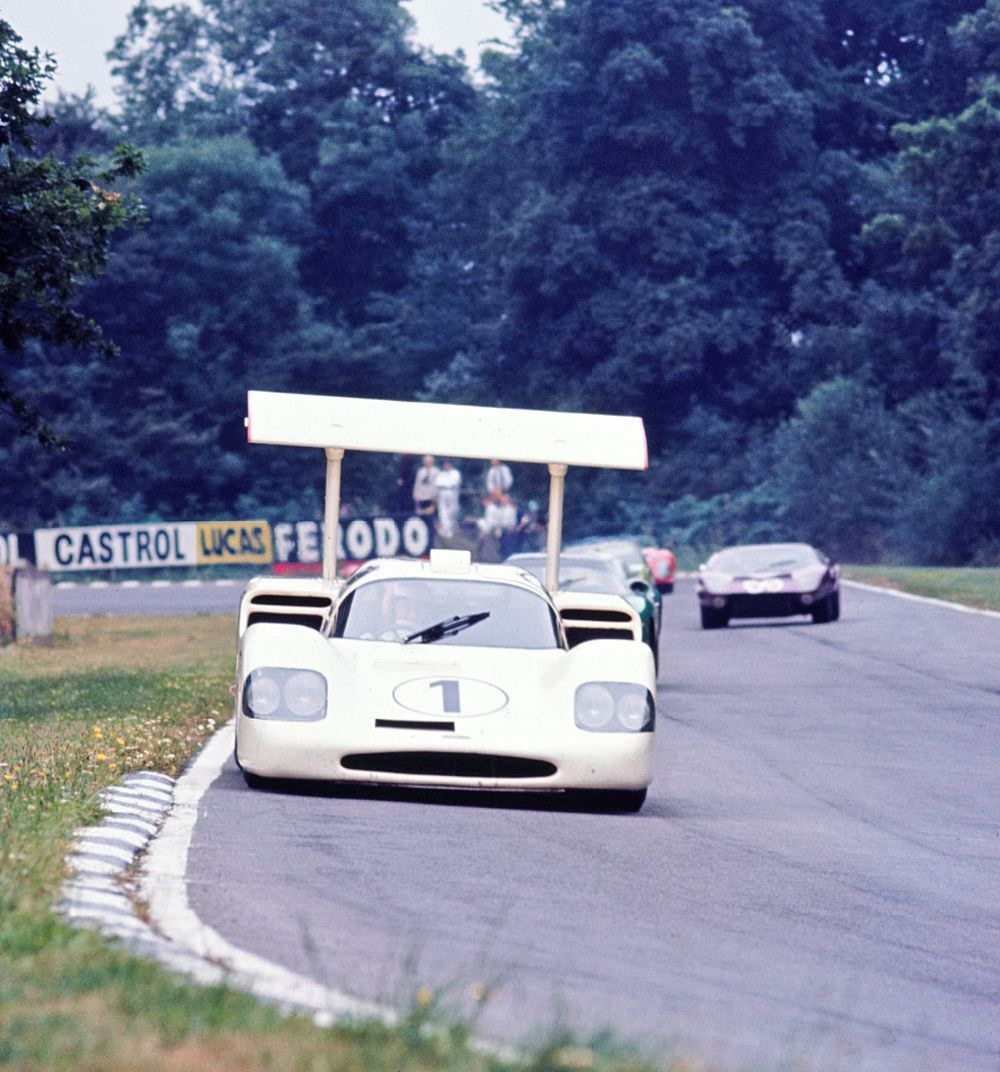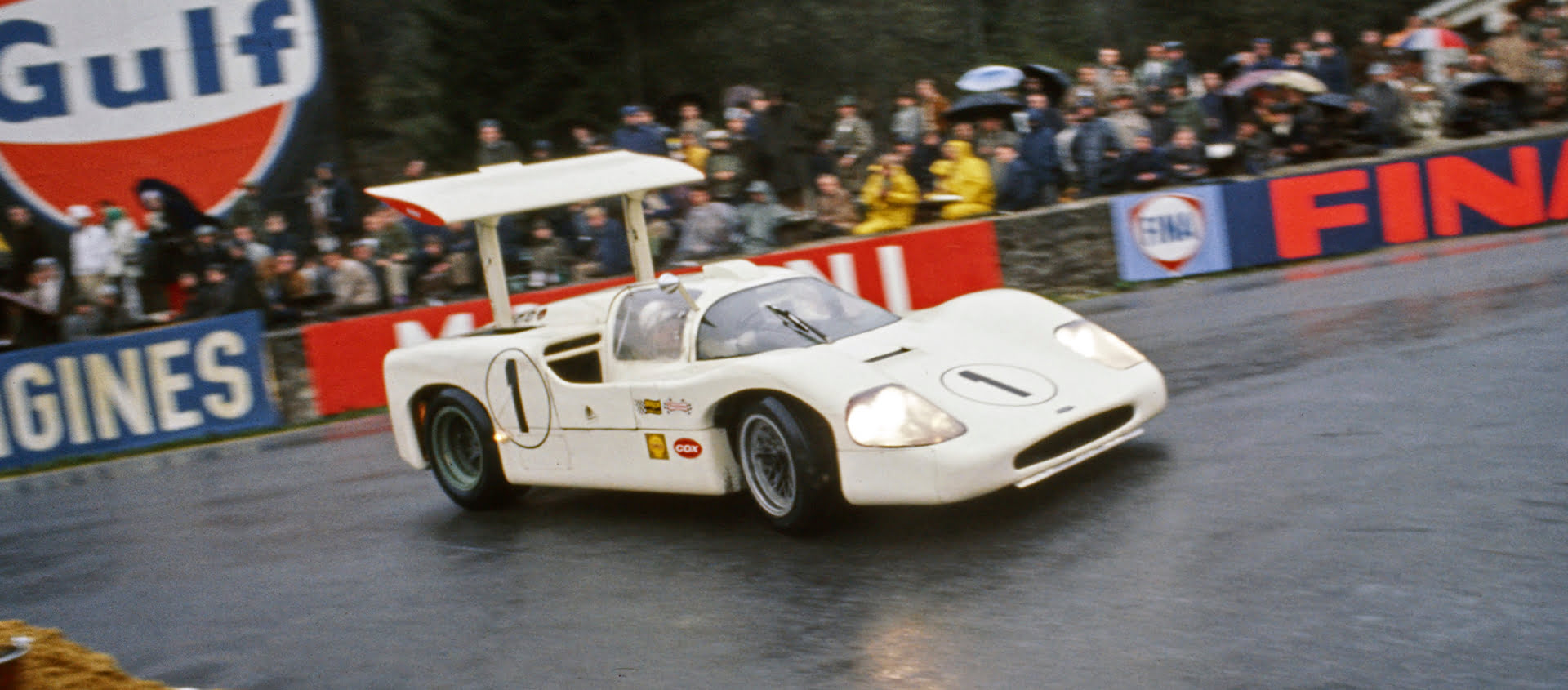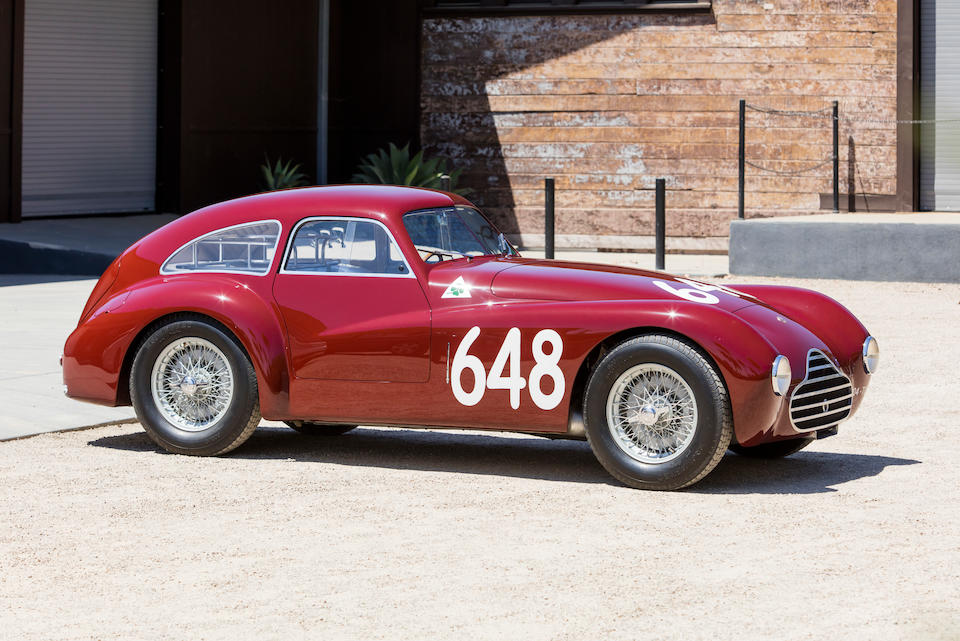Spoilers. Once an extravagant madness
29 July 2023 3 min read 5 images

Photo credit: Wheelsage
The first spoiler did not appear on a Formula 1 car. Vibrant orange, strikingly conspicuous, and relatively large compared to the compactness and lightness of the vehicle. It was mounted on a Porsche 550 RS driven by a 22-year-old private driver, Michael May, an engineering student who had entered the Nürburgring 1000 km. The year was 1956, and that strange car would have seemed like a joke if it hadn’t achieved significantly better lap times than the official Porsche cars. A real slap in the face considering it was the 1955 model on the day the Stuttgart-based company introduced the evolved version of the famous model to the track!
Register to unlock this article
Signing up is free and gives you access to hundreds of articles and additional benefits. See what’s included in your free membership. See what's included in your free membership.
Already have an account? Log In


